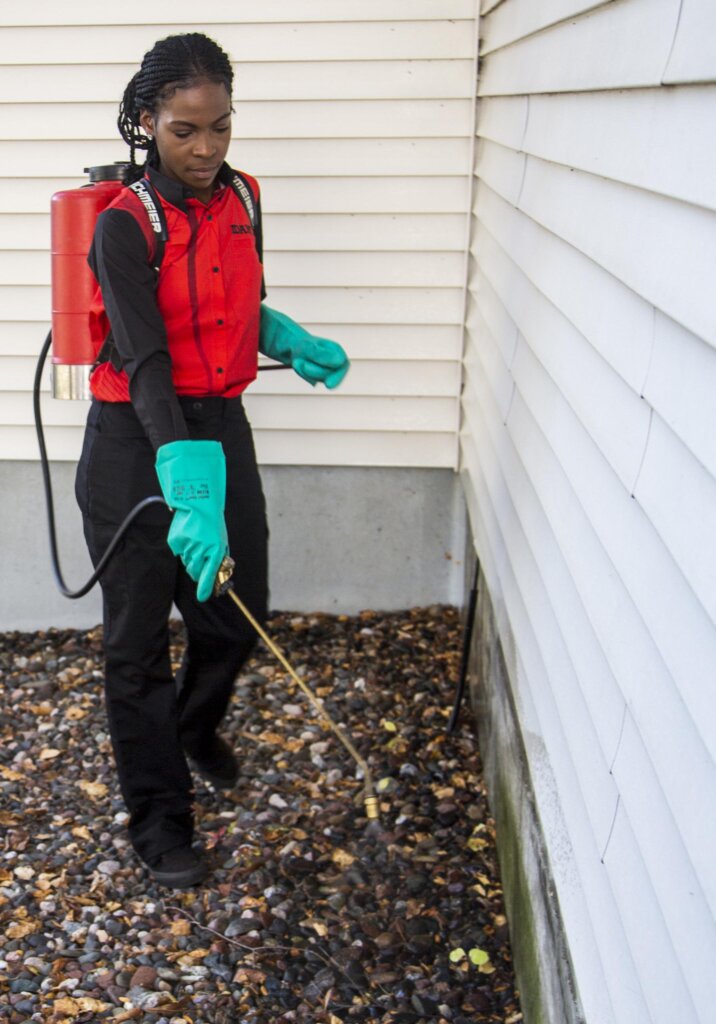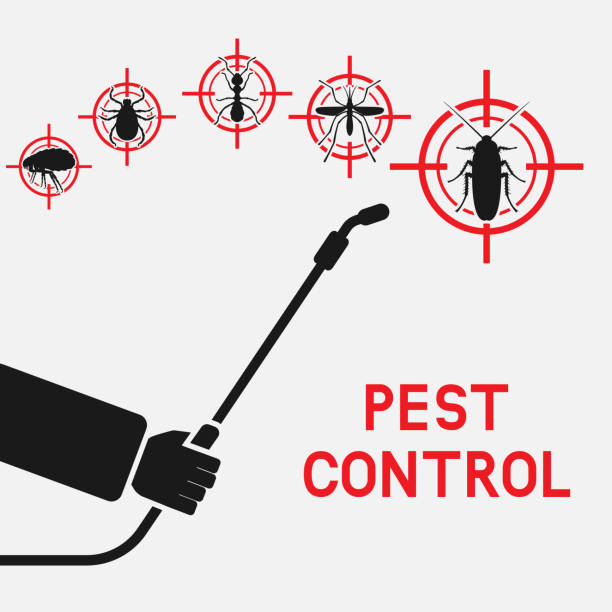Checking Out Invasion and Therapy Approaches on the planet of Parasite Control
The landscape of pest control incorporates a myriad of obstacles, especially as problems of typical house insects proceed to progress. Recognizing the actions and reproductive patterns of these problems is critical for establishing efficient therapy approaches. By incorporating safety nets with innovative management methods, such as Integrated Parasite Monitoring (IPM), property owners can much better protect their settings. Nonetheless, the performance of these approaches might vary substantially based upon specific situations. What underlying factors contribute to the success or failure of these approaches in various setups?

Common House Vermin
When it concerns managing our living rooms, understanding common home parasites is crucial. These insects not just disrupt our comfort yet can also pose health dangers and damage home. The most widespread house bugs consist of ants, roaches, rats, termites, and bed bugs.
Ants, commonly seen foraging in kitchens, can pollute food and develop huge swarms. Cockroaches, known for their strength, can cause allergies and spread pathogens. Rats, including computer mice and rats, can create architectural damage and lug illness like hantavirus and salmonella. Termites, often described as "silent destroyers," can endanger the stability of wooden structures, bring about costly repair services. Bed insects, although not illness carriers, can cause considerable pain through their bites and lead to emotional distress.
Acknowledging the indications of these parasites, such as droppings, nests, or bite marks, is crucial for very early intervention (Pest Control Lockhart). Appropriate cleanliness practices, securing access points, and keeping a clutter-free atmosphere are efficient preventative measures. By determining these usual household insects and understanding their actions, homeowners can take positive actions to minimize invasions, making certain a healthier living atmosphere
Recognizing Insect Infestations
Insect problems can intensify quickly, transforming a minor annoyance into a substantial problem if not attended to quickly. Common factors contributing to infestations include inadequate hygiene, architectural vulnerabilities, and seasonal adjustments that drive pests indoors.
Recognizing the type of pest is vital, as various species show varied habits and reproductive rates. Rodents may establish nests in surprise areas while insects like cockroaches grow in wet settings. Early discovery typically hinges on identifying indicators such as droppings, gnaw marks, or unusual sounds, which can show an issue prior to it becomes extreme.
Cozy, moist climates can promote the fast growth of parasite populaces, while modifications in landscaping or building and construction can accidentally produce conducive settings. An informed method to understanding these characteristics lays the groundwork for effective insect monitoring methods in the future.
Treatment Approaches and Methods
Effective therapy approaches and strategies are vital for reducing insect invasions and restoring a risk-free atmosphere. A diverse technique is often best, including chemical, biological, and mechanical methods customized to the specific parasite and the extent of the problem.
Chemical therapies consist of using insecticides and herbicides, which can successfully get rid of bugs. However, correct application and adherence to safety standards are critical to minimize threats to human beings and non-target organisms. Integrated Insect Monitoring (IPM) encourages the cautious usage of chemicals as a last resort, relying instead on visit this web-site monitoring and limit degrees to figure out intervention needs.
Organic control techniques include introducing all-natural predators or parasites to lower insect populations. This method is significantly prominent, specifically in farming settings, as it advertises ecological sustainability.
Mechanical approaches, such as catches and obstacles, offer prompt remedy for parasites without presenting chemicals. Choices include sticky traps for insects or physical obstacles for rodents.
Inevitably, the choice of therapy method should consider the details pest, the environment, and potential effects on human health and communities. A balanced mix of these techniques can successfully take care of infestations while promoting lasting insect control services.
Safety Nets for House
Proactively addressing parasite problems prior to they rise is crucial for keeping a healthy home atmosphere (Pest Control Lockhart). Implementing efficient safety nets can considerably lower the probability of invasions, inevitably safeguarding both your residential property and health

Correct landscaping additionally plays a critical duty in avoidance. Maintaining shrubs and trees trimmed away from your house decreases the possibilities of insects finding their way indoors. Make sure that drainage systems are functioning effectively to stop standing water, which can attract in insects and other insects.
Lastly, regular examinations are suggested. On a regular basis examining for indicators of parasite task permits early intervention. By taking on these preventative steps, property owners can produce an environment that is much less friendly to parasites, thereby enhancing their general lifestyle and decreasing the requirement for considerable insect control treatments.
Business Pest Control Methods
An extensive approach to industrial bug control is vital for organizations intending to preserve a secure and sanitary environment. Reliable techniques entail a combination of regular assessments, worker training, and the application of Integrated Insect Administration (IPM) methods.
Regular examinations allow very early discovery of parasite activity, permitting prompt intervention. Businesses should establish a regular schedule for these evaluations, concentrating on risky areas such as kitchens, storage rooms, and waste disposal websites. Staff member training is just as important; personnel ought to be educated on the indicators of insect problems and the value of reporting them immediately.
Implementing IPM techniques assists mitigate parasite problems sustainably. This consists of environment alteration, such as securing entry points and lowering clutter, as well as employing all-natural deterrents before Get More Info resorting to chemical treatments.

Furthermore, collaborating with an accredited parasite control supplier makes certain accessibility to professional expertise and innovative therapy options. This partnership can result in tailored bug control intends tailored to the certain requirements of business, lessening risks and enhancing total efficacy. Eventually, a proactive and educated approach promotes a pest-free atmosphere, protecting browse this site both public health and wellness and company credibility.
Conclusion
In conclusion, effective parasite control requires a detailed understanding of common home pests and their habits, paired with targeted treatment methods. Applying preventive steps together with therapy strategies such as Integrated Insect Administration and organic control improves the ability to mitigate infestations.